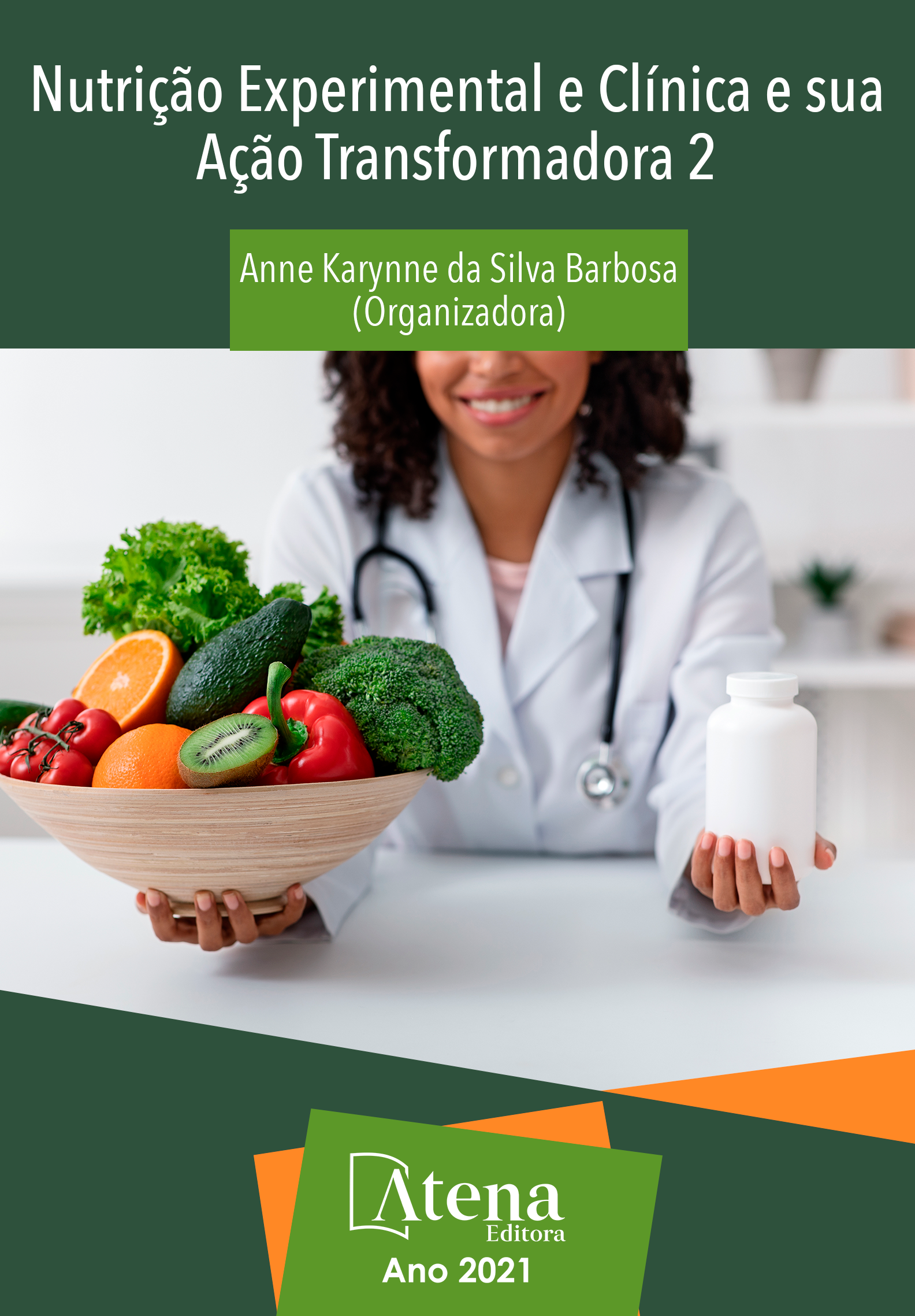
ESTADO NUTRICIONAL E CONSUMO ALIMENTAR DE ADOLESCENTES NO ESTADO DO PARÁ
Introdução: A alta prevalência em adolescentes com sobrepeso decorre de fatores associados a uma maior exposição a alimentos industrializados e redução do consumo de alimentos naturais. Objetivos: Descrever o estado nutricional e verificar possíveis associações com consumo alimentar de adolescentes da região metropolitana e baixo amazonas do Estado do Pará no ano de 2017. Métodos: Trata-se de um estudo quantitativo, transversal, realizado a partir de dados secundários do estado nutricional e do consumo alimentar de adolescentes (≥ de 10 e < de 20 anos de idade), através de relatórios disponíveis no Sistema de Vigilância Alimentar e Nutricional (SISVAN Web). Foram utilizados como filtros, o índice de massa corporal (IMC) x idade, consumo de frutas, verduras, legumes e alimentos industrializados, no ano de 2017 nas regiões metropolitana I e a do baixo amazonas no Estado do Pará. Resultados: Na região metropolitana, verificou-se que o consumo de frutas e de verduras/legumes foi de 63% e 51%, respectivamente. No baixo Amazonas, 62% consumiam frutas e 79% consumiam verduras/legumes. O consumo de alimentos industrializados foi de 54% na região metropolitana e 39% no baixo amazonas. Em relação ao estado nutricional, 69% dos adolescentes da região metropolitana estavam eutróficos e 24,4% com excesso de peso. Enquanto que no baixo amazonas, 77% estavam eutróficos e 16,4% com excesso de peso. Com isso, pode-se verificar uma maior prevalência de sobrepeso nos adolescentes da região metropolitana. No que concerne ao consumo alimentar, nota-se que o consumo de industrializados é maior na região metropolitana. Conclusão: Conclui-se que o acesso a alimentos industrializados por adolescentes da região metropolitana é amplamente facilitado. Portanto, deve-se orientá-los sobre alimentação saudável, aumentando o consumo de alimentos naturais e diminuindo o consumo de industrializados, visando prevenir patologias associadas ao consumo de industrializados.
ESTADO NUTRICIONAL E CONSUMO ALIMENTAR DE ADOLESCENTES NO ESTADO DO PARÁ
-
DOI: 10.22533/at.ed.65721060515
-
Palavras-chave: Adolescentes, Estado Nutricional, Consumo Alimentar
-
Keywords: Adolescents, Nutritional Status, Food Consumption
-
Abstract:
Introduction: The high prevalence of overweight adolescents is due to a bigger exposure to highly-processed food and a reduction in vegetable and fruit consumption. Objective: Describe the nutritional status and check for possible associations with adolescents' food consumption living in the metropolitan and countryside areas of the state of Pará in 2017. Methods: This is a quantitative and cross-sectional study, accomplished by secondary data of adolescents’ (≥ 10 and < 20 years old) food consumption and nutritional status by data available in the System of Food and Nutritional Surveillance (SISVAN Web). The following filters were used: Body mass index (BMI) x age and fruit, vegetable and highly-processed food consumption in 2017. As reference, the metropolitan and southeast countryside areas of the state of Pará, Brazil were used. Results: In the metropolitan area, it was found that fruit and vegetable consumptions were 63% and 51% respectively. In the countryside, fruit consumption was 62% and vegetable consumption was 79%. Highly-processed food consumption was 54% in the metropolitan area and 39% in the countryside. The nutritional status was divided into eutrophic (69%) and overweight (24,4%) in the metropolitan area. In the countryside, 77% of the adolescents were eutrophic and 16,4% were overweight. From these results, it is possible to notice that the metropolitan area had a bigger prevalence of overweight adolescents than the countryside. Regarding food consumption, it is relevant to mention that metropolitan adolescents consume more highly-processed food than the countryside adolescents. Conclusion: These results indicate that highly-processed food is more accessible to adolescents who live in the metropolitan area. Therefore, there’s a need to educate adolescents about healthy eating, the importance of natural food consumption and the need to reduce highly-processed food consumption. This aims to prevent diseases associated with inadequate consumption of industrialized food.
-
Número de páginas: 8
- Camélia dos Santos Viveiros
- Carla Thayene dos Santos Sobrinho
- Jamillie Suelen dos Prazeres Campos
- Thais Mutran


